ISSUE NO. 34: DEAR COLLEAGUE: R U REACHING UR STAKEHOLDERS?
We know from experience that in-person stakeholder engagement is the ideal format for building meaningful dialogue. But in 2020, global pandemic made this all but impossible. Consequently, an explosion of technological communication solutions have emerged, widening digital fluency, and allowing us (personally and professionally) to overcome the barriers of distance and build and maintain connections. Yet with all of the good that has come from this enhanced communication, it is easy to overlook a shortcoming: the fact that relying solely on technology for communications may perpetuate existing inequalities and vulnerabilities.
Societal inequalities (economic, educational, accessibility, infrastructure, etc.) may manifest in this case as inability to access or use stakeholder engagement technology due to lack of access to computer hardware, cost, accessibility features (or lack thereof), network/broadband internet availability, or technological (il)literacy. These challenges can certainly be overcome with proactive planning, but merely overcoming the barriers will not ensure equitable engagement over time. In a context where assessing impacts on the most vulnerable populations is critical, practitioners must take care to avoid basing their engagement strategies on these three common fallacies:
FALLACY 1: MORE ENGAGEMENT IS BETTER ENGAGEMENT
Online surveys, requests for comment, or invitations to digital forums may all easily be influenced by the whims of internet denizens and the relative ease of widespread information sharing with little-to-no accountability. While an engagement organizer may receive a large response to an online prompt, care must be taken to ensure that the responses are fully inclusive of the stakeholders who are most interested in, influential over, or impacted by the project, and that their voices are not drowned out by “armchair activists”, viral comment campaigns, or tides of misinformation.
FALLACY 2: TECHNOLOGY EQUALS REPRESENTATIVE ACCESS
Stakeholder mapping is a key component of any engagement plan, but an additional aspect must be considered when planning for digital consultation and/or engagement. In what digital environment (if any) are the key stakeholders most comfortable? Whether planning for engagement via email and company websites, Zoom and WebEx, Twitter and Facebook, or LinkedIn and customized engagement platforms, practitioners should keep in mind that each method is likely to reach a different stakeholder demographic. And even these methods may not reach a segment of stakeholders who are most comfortable engaging via telephone (perhaps a landline!), mail, or in-person meetings.
FALLACY 3: DIGITAL CULTURE REFLECTS PHYSICAL CULTURE
Cultural expectations for engagement may dictate customs or rituals that do not translate into the digital world. Can you shake hands with the Mayor via Zoom? Bring a gift to the tribal Chief via conference call? Conversely, how do digital norms translate to an engagement setting? Will the social performance team accurately interpret emoji or text speak? (answer: ¯\_(ツ)_/¯ ) The cultural norms of both the physical and cyberspace(s) may overlap but adopting only one set of norms and not the other in an effort to move in-person engagement online may be fraught.
While technological solutions may offer a way for project developers to move forward with stakeholder engagement in COVID times, it is incumbent upon social practitioners to remain vigilant and ensure that enabling technology is not applied to the detriment of the most vulnerable communities.
News & Notes

Acorn International
1702 Taylor St, Suite 200B
Houston, TX 77007, USA
1213 Purchase St
New Bedford, MA 02740, USA
